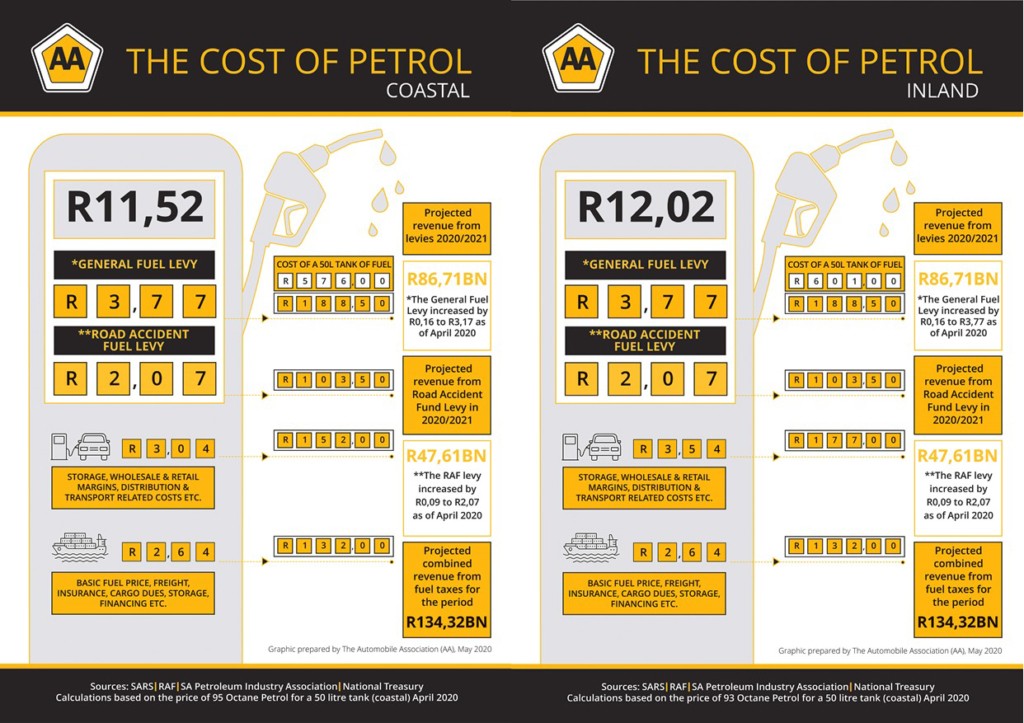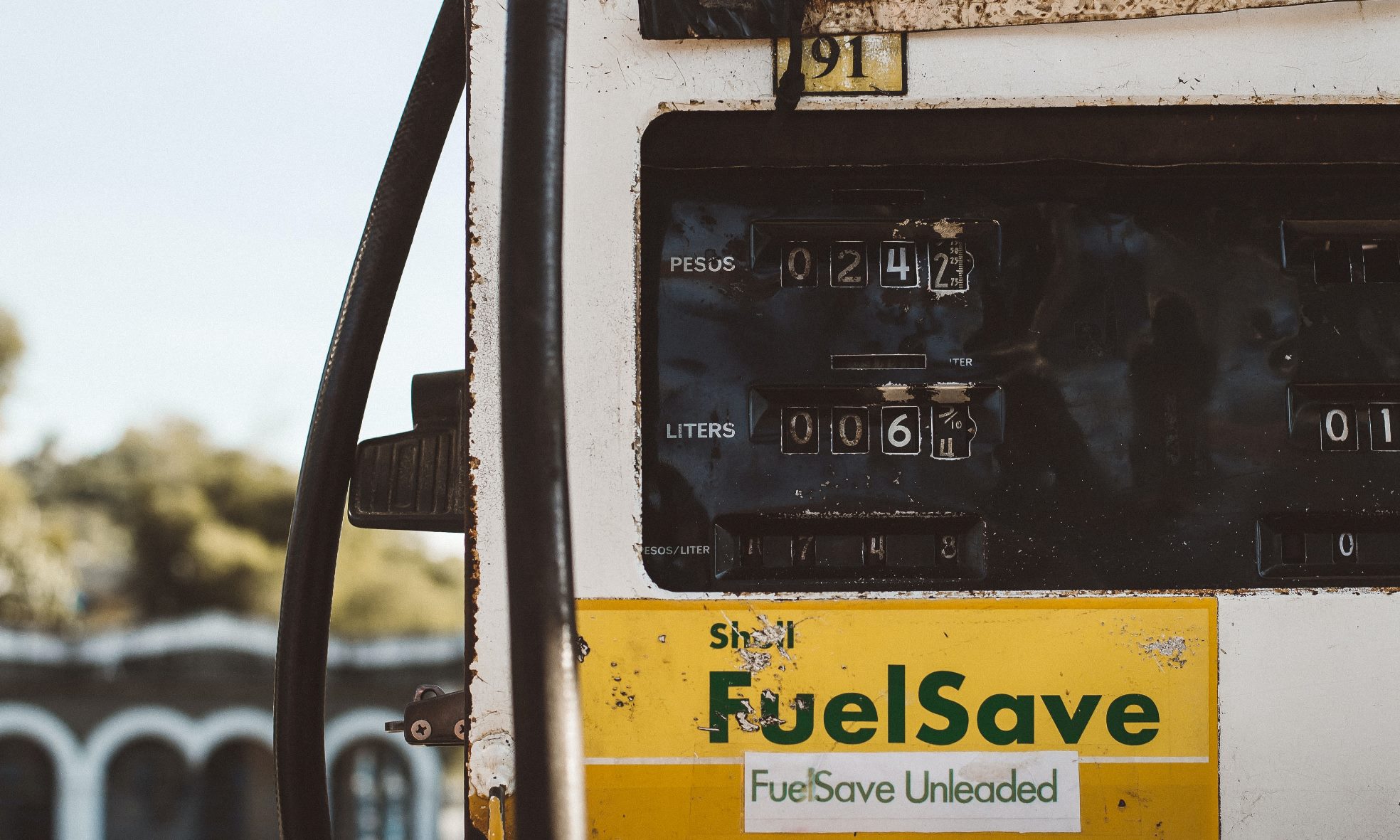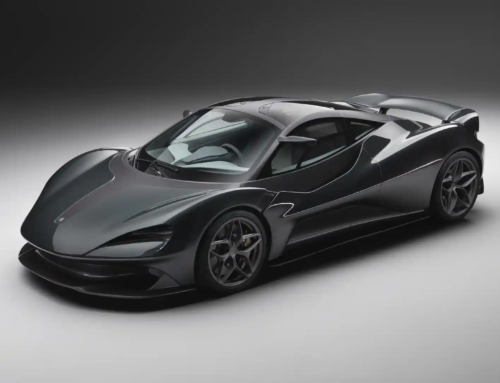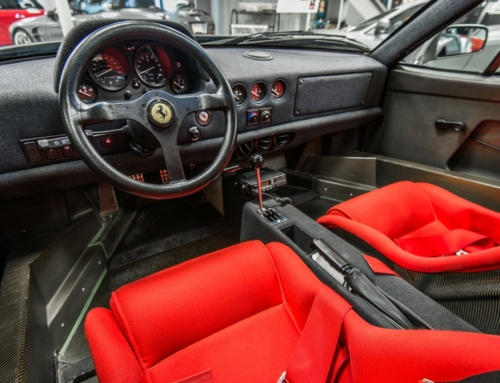The price of fuel in SA is a hotly debated topic. As motorists and consumers, the price of a litre of fuel permeates every aspect of our livelihoods, whether it’s directly (ie filling your petrol tank) or via the increasing prices of services and goods. The bottom line is, when the fuel price goes up, we all feel it in our pockets. But where does all the money go when you buy a litre of fuel? The Automobile Association of South Africa has just published its annual fuel price breakdown, which we share with you here.
Follow Double Apex on Instagram and Facebook where we share more car content.
Fuel price breakdown
The AAs report uses figures based on the current cost of 93 octane (inland) and 95 octane (coastal). The dramatic drop in fuel prices we’ve seen of late are record decreases, spurred on by the worldwide coronavirus epidemic, and are unlikely to be seen again. And while the current fuel price is relatively low, the data relating to the taxes does not change monthly, and remains constant from April to April.
Click here to read about the effect of coronavirus on various car markets.
South Africa’s fuel price is comprised of many different elements. The four determining factors are the General Fuel Levy (GFL), the Road Accident Fund (RAF) levy, the basic fuel price (freight and insurance costs, cargo dues, storage and financing), and wholesale and retail margins.
A large chunk
Currently the GFL is a fixed R3,77 which represents 31 per cent of a litre of fuel inland (at R12,02/litre), and 32 per cent of a litre of fuel at the coast (at R11,52/litre). At its current R2,07 a litre, the RAF levy represents between 17 and 18 percent on every litre of fuel sold.
That’s a total of R5,84, which, at the current low prices for fuel, comprises approximately 50 per cent of every litre of fuel sold in the country. Added together government is projected to gather a total of around R135 billion from these two levies. R87bn is the GFL component that goes directly to Treasury and can be used for any purpose the government determines. The remaining R48bn goes into the RAF. Using the current info, filling a 50-litre tank of fuel inland (93 octane) costs R601 and R576 at the coast (95 octane), which means about R300 of that total goes into these two funds.
The actual cost of fuel
In South Africa the fuel price is adjusted on the first Wednesday of every month. The price is determined by two main factors: the rand/US Dollar exchange rate (because all deals are conducted in U$), and international petroleum prices.
The Basic Fuel Price (BFP) is calculated based on costs of shipping petroleum products to our shores. These costs include insurance, storage, and wharfage. The current BFP is R2,64 that is somewhat lower than it was before the national lockdown started. Other costs include transport costs, custom and excise duties, retail margins paid to fuel station owners (currently R2,11 on every litre sold), and secondary storage costs. These costs currently total R3,54 for inland petrol and R3,02 for coastal petrol.
Summary
So there you have it, the complete fuel price breakdown for South Africa. The large percentage of which comprises the GFL and RAF. This accounts for the large difference in prices between SA and some of our immediate neighbours, whom we sell fuel to. Fuel in SA could cost as much as 50 per cent less (at current prices) were it not for these two major levies.
Graphic courtesy of the AA of SA







![[UPDATED] Mazzei Formula Five Is One Man’s Obsession](https://doubleapex.co.za/wp-content/uploads/2024/08/Mazzei-Formula-Five-500x383.jpg)
Leave A Comment